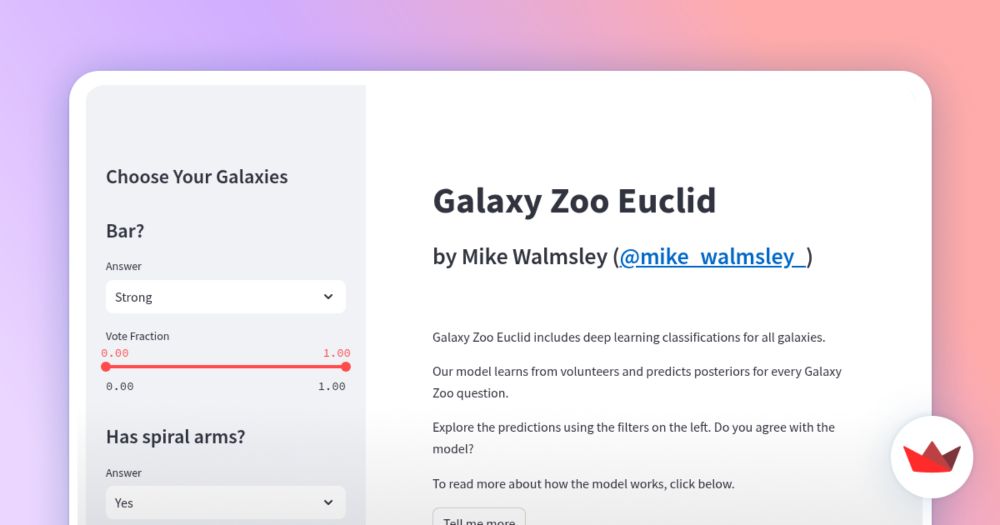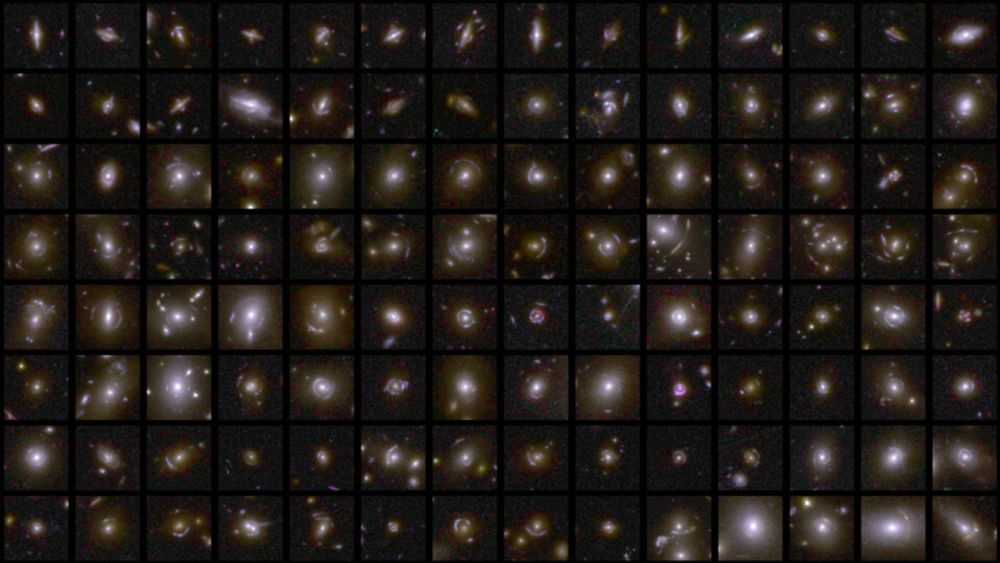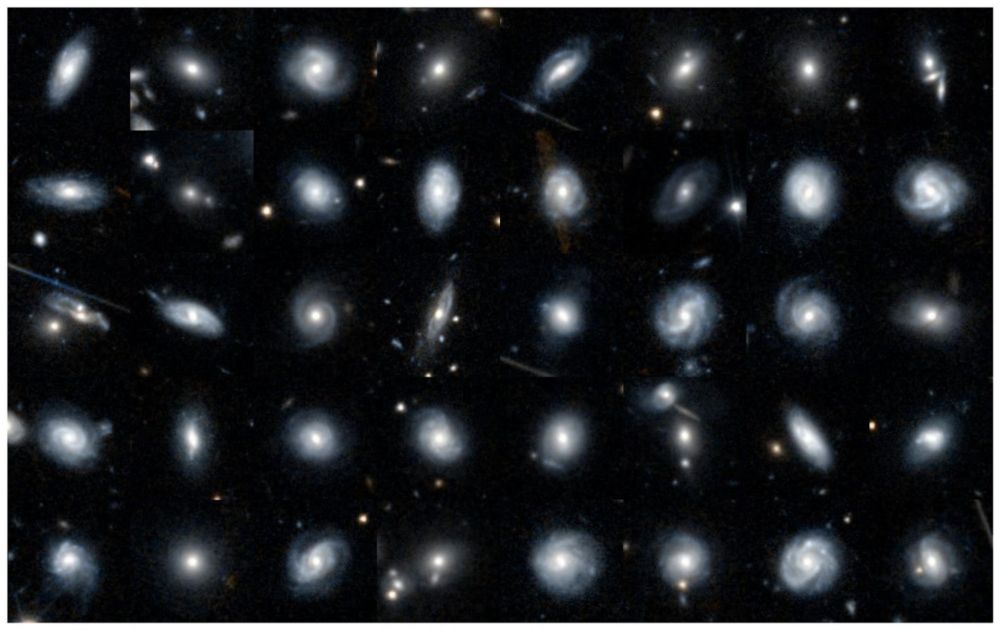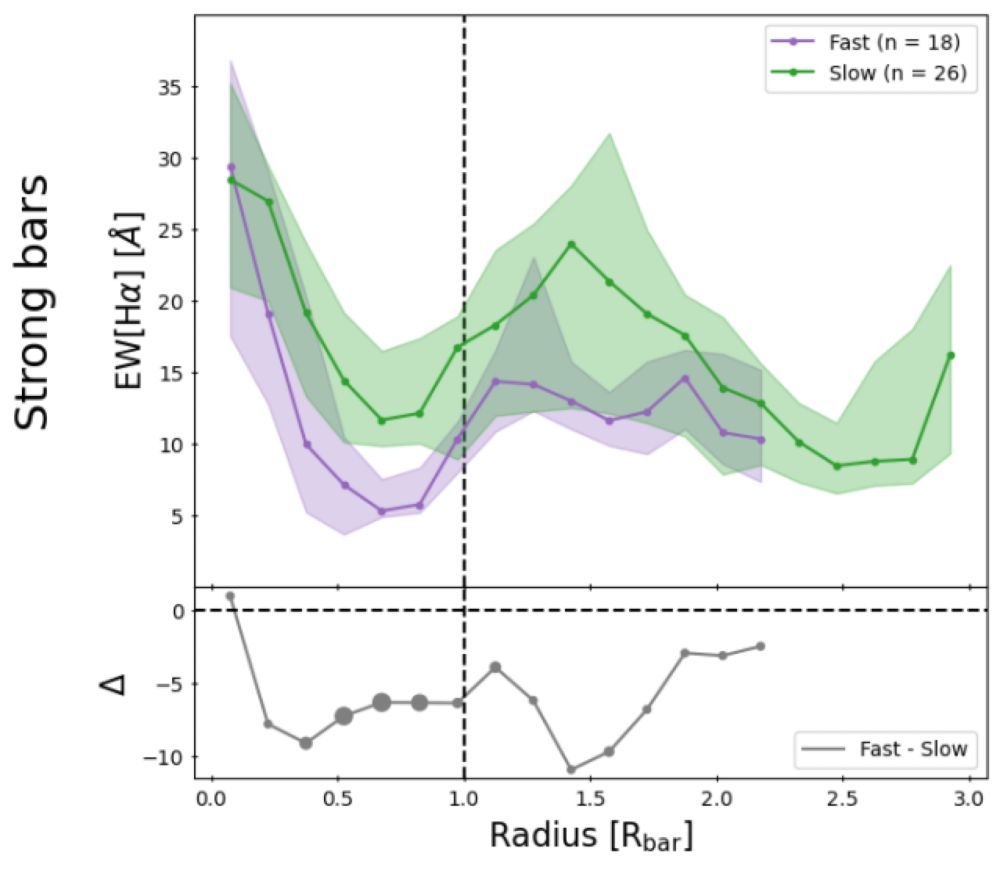

Hi all! My name is Tobias Géron, I'm a postdoctoral researcher at the University of Toronto. I've been using Galaxy Zoo for a few years now to study bars in galaxies. Bars seem to be very common structures in the present-day Universe, with roughly half of all…
Hi all! My name is Tobias Géron, I'm a postdoctoral researcher at the University of Toronto. I've been using Galaxy Zoo for a few years now to study bars in galaxies. Bars seem to be very common structures in the present-day Universe, with roughly half of all…
We are thrilled to announce the launch of the Galaxy Zoo JWST project, with ~300,000 galaxy images from the COSMOS-Web survey taken with NASA's James Webb Space Telescope (JWST)! We now need your help identifying the shapes of these galaxies by classifying…
We are thrilled to announce the launch of the Galaxy Zoo JWST project, with ~300,000 galaxy images from the COSMOS-Web survey taken with NASA's James Webb Space Telescope (JWST)! We now need your help identifying the shapes of these galaxies by classifying…
She takes black and white data from the Hubble and James Webb space telescopes and uses filters to translate those images into color for the visible spectrum. 🧪

この度、Galaxy Zooは日本語でも参加できるようになりました(すでに中国語、フランス語、スペイン語、ハンガリー語、そして英語で利用できます)。ボランティアの翻訳者である @InoSenpai (イノ先輩)に感謝します。これで、本プロジェクトを日本語話者にも広めていけるようになりました。 We're delighted to share that Galaxy Zoo is now available in Japanese (in addition to Chinese, French, Spanish, Hungarian and…
この度、Galaxy Zooは日本語でも参加できるようになりました(すでに中国語、フランス語、スペイン語、ハンガリー語、そして英語で利用できます)。ボランティアの翻訳者である @InoSenpai (イノ先輩)に感謝します。これで、本プロジェクトを日本語話者にも広めていけるようになりました。 We're delighted to share that Galaxy Zoo is now available in Japanese (in addition to Chinese, French, Spanish, Hungarian and…


Spirals are blue
Or at least so we thought
Until @galaxyzoo.org
Below: red and blue spiral and elliptical galaxies to illustrate! The first two are the way galaxies are expected to be ...




blog.galaxyzoo.org/2024/05/10/s...

blog.galaxyzoo.org/2024/05/10/s...
It is at redshift 0.67 (lookback time 6.33 billion years) with coordinates (149.67716, 2.27221).
This classification was made in the GZ: Hubble project.


